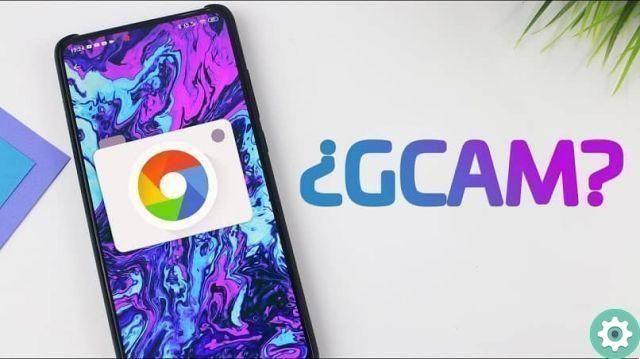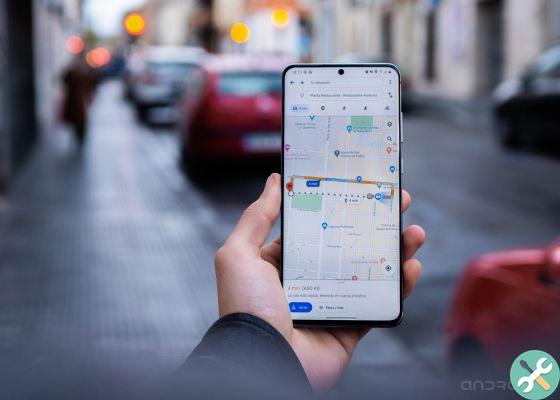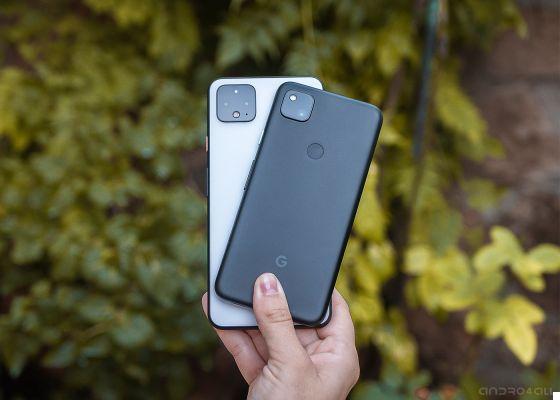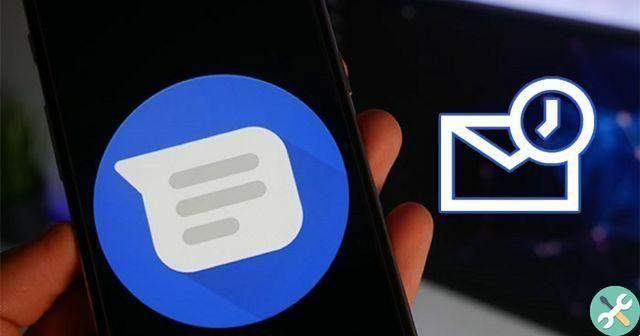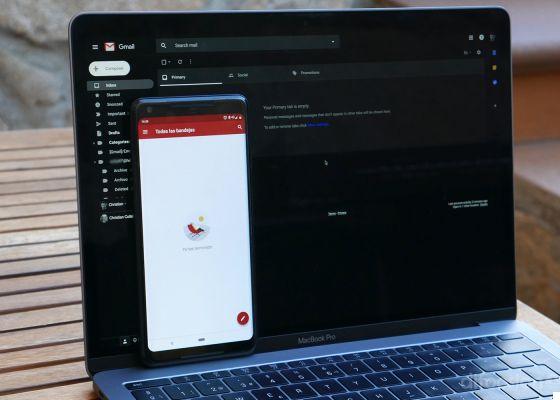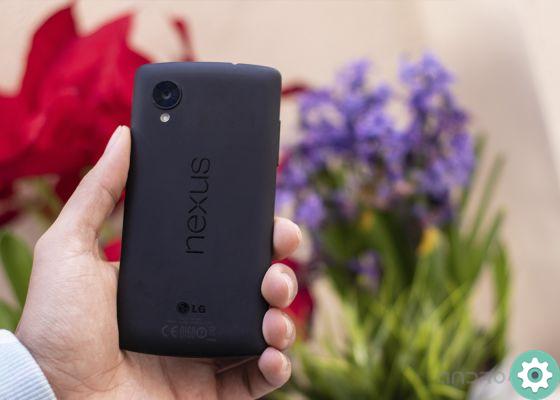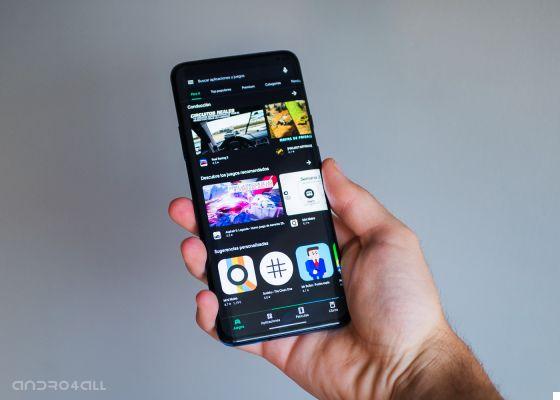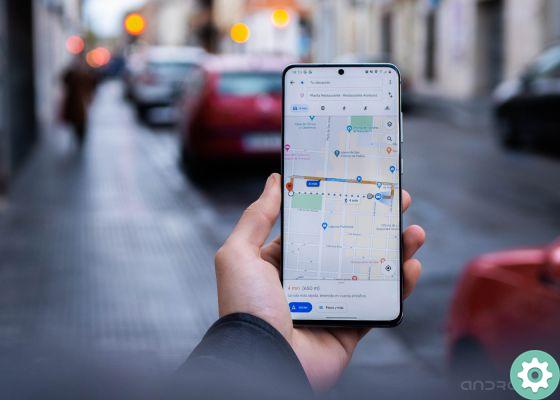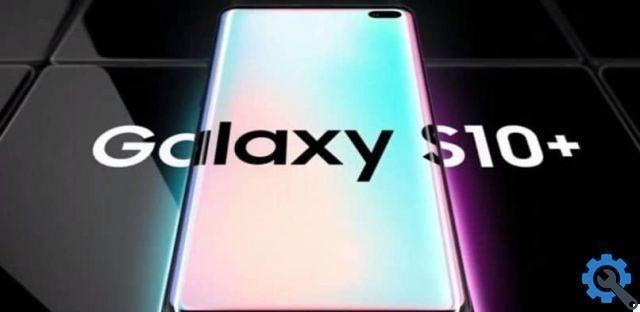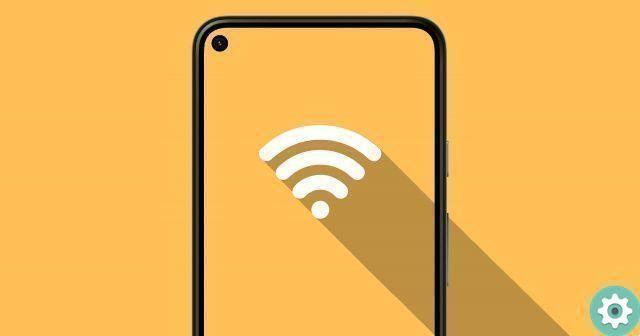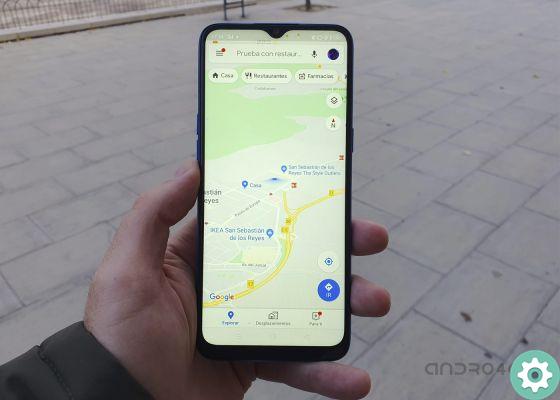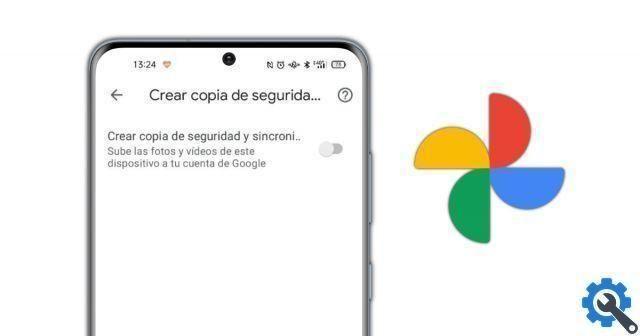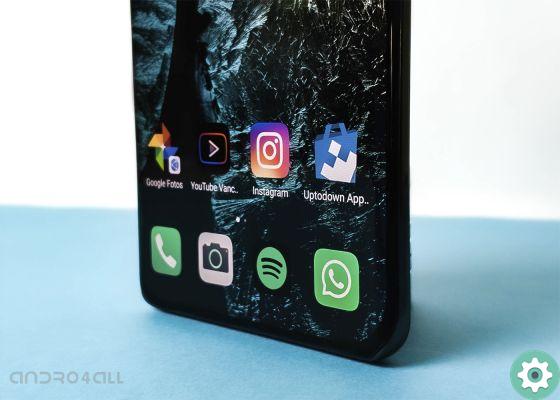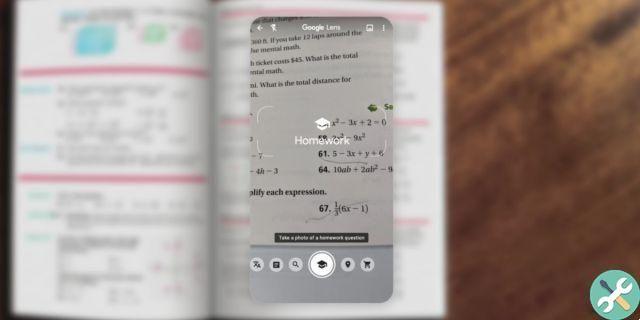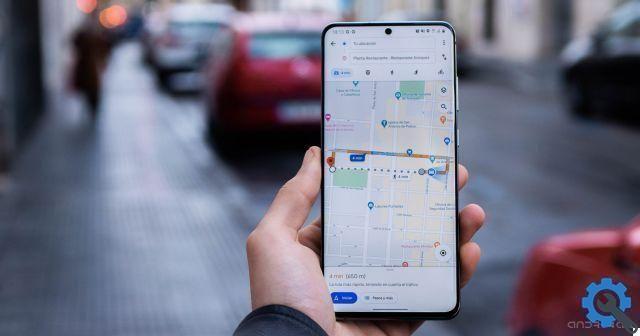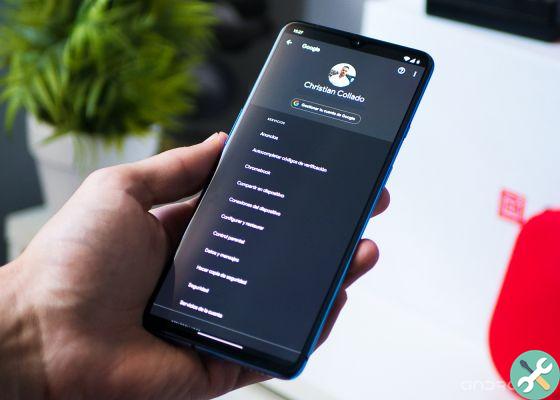Il imaging format of the future it is a reality. His name is AVIF and while you may not know this until now, the device you are using to read this article will support it very soon, if it isn't already.
AVIF is, for the image field, what AV1 was for the video: A format revolutionary which will offer the possibility of having image files much smaller of JPG, without this leading to a loss of quality.
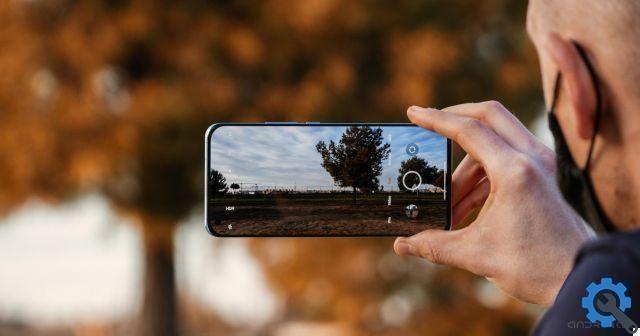
Photography with an Android phone.
What exactly is AVIF?
I used to compare AVIF with the AV1 video format, and it is precisely this image format that is based on the AV1 type. Indeed, AVIF is the acronym for AV1 Image File Format.
And this is why AVIF is an image format derived from a video codec, created on the basis of the AV1 specification and the HEIF standard. Therefore, an AFIV file is not much more than a HEIF image compressed using the AV1 codec.
In principle, this is a format comparable to WebP, another image format for the web, developed by Google, which for years has been used in a large number of portals and websites - in fact, if you download one of the images included in this article, you will get a WebP file, not a JPG - .
The main virtue of AVIF over WebP is the fact that it is based on a much more modern and advanced codec like AV1, instead of the VP8 codec used by WebP.
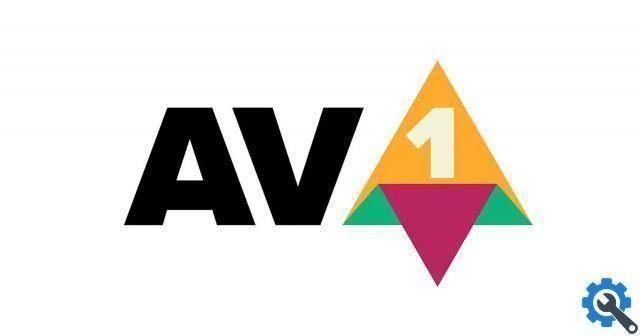
The official logo of the AV1 codec.
Today, AVIF is already supported on some of the most popular platforms and services in the world. Mozilla was among the first to do so, in January 2021, including support for AVIF in the Firefox browser.
Later it was Google who introduced support for the AVIF format in version 89 of the Google Chrome browser, and shortly before it had already announced that Android 12, the next major update to the most used mobile operating system in the world, will give native support for this format. .
It is clear, therefore, that the his reception is more than positive, and it seems clear that 2021 will be the year AVIF takes over the web. But what are its advantages over other formats? .
What improvements does it offer?
As every time a new image format emerges for the web, we find the advantage of being able to achieve the same image quality in smaller files.
In the case of AVIF, we get better compression compared to other formats like PNG, JPG, GIF or WebP itself. Specifically, the reduction in size means that i final files weigh less than a third of the weight of a JPG of comparable quality, and about the half of what a WebP would weigh similar.
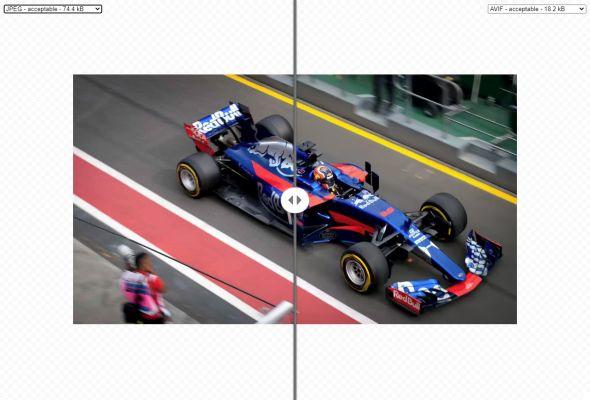
Comparison between JPG (left) and AVIF (right).
Another big advantage over other formats is the support for HDR or high dynamic range images. Additionally, AVIF offers support for animated images, with transparency or without data loss, as well as a color depth of up to 12 bits, although most panels today offer a maximum of 10 bits of color depth.
Even if that's not all. One of the greats disadvantages of WebP is been its time of adoption by some platforms. Apple, for example, has it took nearly ten years to include support for WebP in its web browser, Safari.
However, as both Apple and many other well-known companies, including Google, VideoLAN, Facebook or Netflix, are part of the group that supports AVIF, the their implementation on major platforms should be much more agile.
What are the differences between AVIF and JPEG?
Some comparisons have already highlighted the advantages of AVIF over JPEG, showing that the new format can deliver much higher quality images in files of the same size, thanks to more modern and efficient compression techniques.
These techniques consist, among other things, in using existing data between frames of a videoinstead of using full frames. In this way, the reconstructed image offers a similar or even higher quality, reducing the file size.
Though not all of them are pluses. You need to keep in mind that uploading JPG files to the web “seems” faster as the rendering takes place in several stages, which allow you to preview the photograph until it is fully loaded.
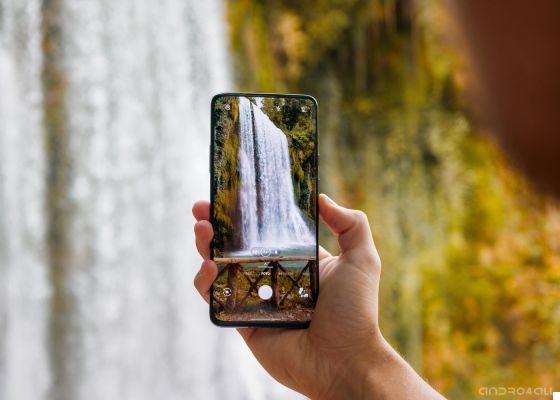
Photography with an Android phone.
In the case of AVIF, the image is loaded completely and you cannot view the progress or preview the image before it is fully loaded.
To this it must be added that the AVIF encoding requires a higher load on the processor if proper techniques are not used. And is that, in some tools such as the online image compressor created by Google engineers, Squoosh, the possibility of parallel encode each of the AVIF image blocks, taking advantage of all processor cores and reducing the coded time.
If adoption by major platforms is fast enough, it seems very likely that the days of WebP and JPG are numbered. AVIF is a format far superior to both in many respects, and apart from the weird details that have yet to be refined, everything indicates that we are faced with to the new Holy Grail of photography.
Its advantages, of course, will not be usable only in the web environment: when Android 12 will reach mobile phones and it will be possible to capture images in this format, we will see how our photographs take up less storage space offering the best quality, thus reducing the space occupied by image files and leaving more space for the rest of the content.






